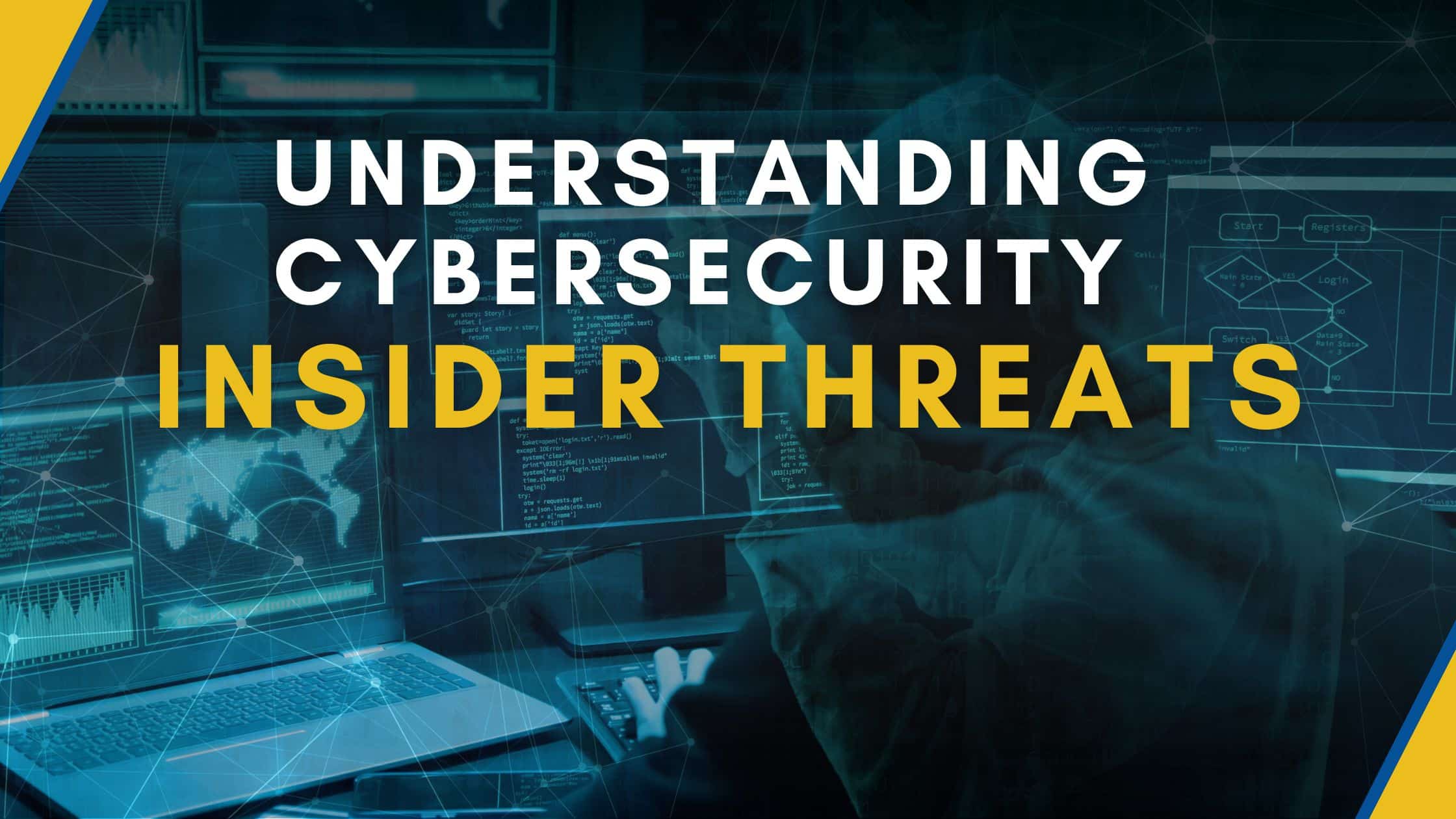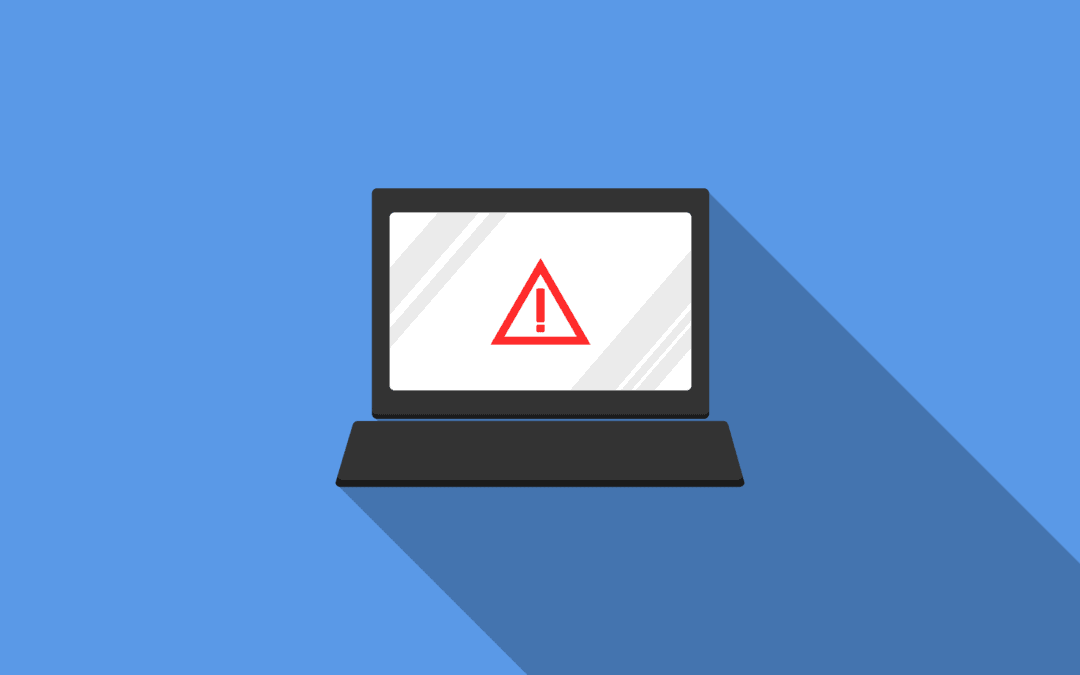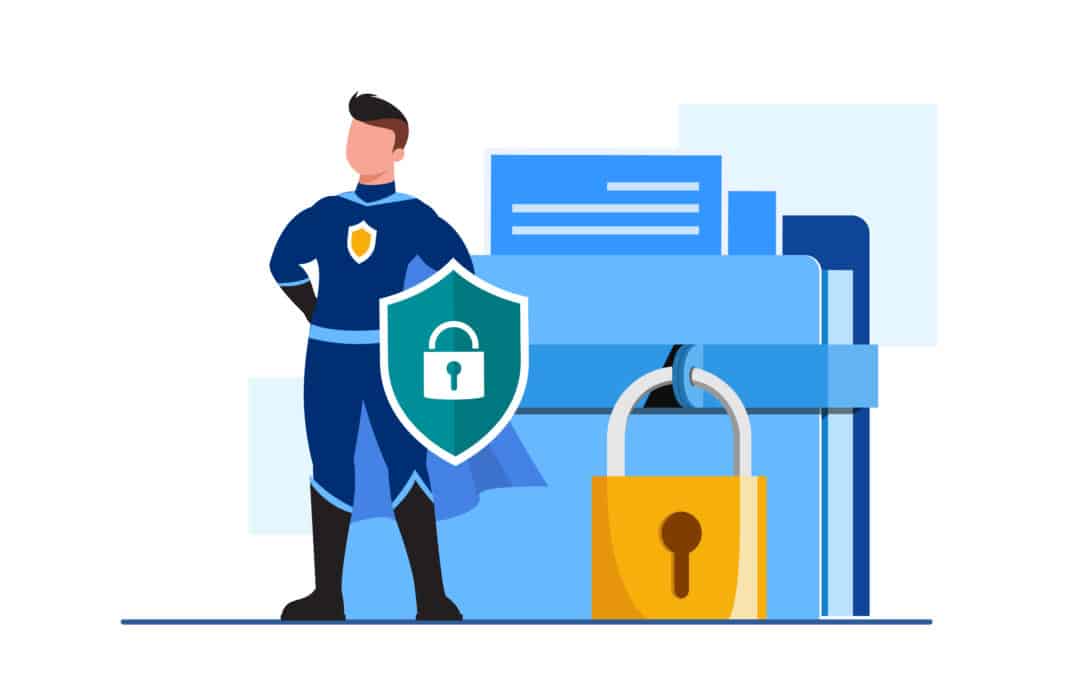In today’s interconnected digital landscape, organizations face numerous cybersecurity risks. While external threats often grab the headlines, insider threats have become increasingly common and nefarious.
Insider threats are those that originate from individuals with authorized access to an organization’s systems and data, including employees, contractors, or partners. In this article, we will explore the different types of insider threats, their motivations, and the steps organizations can take to mitigate these risks.
TYPES OF INSIDER THREATS
Insider threats come in various forms, each carrying its own set of risks. Threats can be categorized into those that originate from malicious insiders vs. negligent insiders.
Malicious insiders are authorized users that deliberately exploit their access and privileges for personal gain or to harm the organization. Threats from malicious insiders may include:
- Data theft
- Unauthorized access
- Sabotage
- Malware installation
Negligent insiders, on the other hand, inadvertently jeopardize security through careless actions such as:
- Falling for social engineering attacks
- Mishandling data
- Neglecting security best practices.
COMMON MOTIVATIONS AND CAUSES OF INSIDER THREATS
Understanding the motivations and causes of maliciousness or negligence helps organizations identify and address potential risks. While motivations and causes can be complex, common motivators and causes include:
- Financial gain, either through data theft or insider trading, remains a significant motivation.
- Revenge or dissatisfaction can lead disgruntled employees to sabotage systems or steal sensitive information.
- Conflicting ideologies, philosophies, and activist motivations may drive individuals to deliberately undermine organizations in various ways.
- Corporate espionage, especially in larger organizations, can be difficult to detect and as it is often conducted with support from external actors such as competitors and/or foreign entities.
- Lack of awareness or carelessness are generally responsible for threats (often security breaches) originating from negligent insiders.
IMPACT AND CONSEQUENCES OF INSIDER THREATS
The repercussions of exploited cyber security threats, whether they arise from external or internal sources can be severe. Beyond the most obvious threat of financial loss to the targeted organization, they, as well as their partners, employees, clients and customers can be also be exposed to:
- Reputational damage
- Operational disruptions
- Loss of competitive advantage
- Legal consequences
- Identity theft
- Blackmail, extortion, fraud, harassment
- Physical endangerment
FACTORS CONTRIBUTING TO INSIDER THREATS
Several factors contribute to the prevalence of insider threats, including but not limited to:
- Inadequate access controls and monitoring create vulnerabilities that insiders can exploit.
- Insufficient employee awareness and training leave individuals unaware of security risks.
- Poor employee morale and job satisfaction increase the likelihood of insider incidents.
- Organizations with weak security policies and procedures provide opportunities for malicious insiders to operate.
- Furthermore, third-party and partner relationships can introduce additional insider threat risks.
HOW TO PREVENT AND MITIGATE INSIDER THREATS
To combat insider threats effectively, organizations:
- Adopt a comprehensive approach to cybersecurity based on a reputable security framework (NIST, CIS, ISO, etc.).
- Implement robust access controls – Implementing robust access controls and monitoring systems helps restrict unauthorized activities.
- Educate and train employees – Educating and raising employee awareness about security risks and best practices is vital.
- Encourage employees to report suspicious behavior – Encouraging employees to report suspicious activities fosters a culture of vigilance.
- Develop and enforce clear security policies – Developing and enforcing clear security policies and procedures sets expectations for all personnel.
- Establish and follow an incident response plan – Lastly, having an incident response plan in place ensures a swift and effective response should an insider threat incident occur.
Conclusion
Insider threats pose a significant risk to organizations’ cybersecurity, and their impact can be devastating. By understanding the different types of insider threats, their motivations, and the factors that contribute to their occurrence, organizations can implement preventive measures to mitigate these risks effectively.
A comprehensive cybersecurity approach, including robust access controls, employee education, and a strong incident response plan, is crucial for safeguarding against insider threats.
Ihloom offers comprehensive cybersecurity solutions to help organizations identify and mitigate internal threats. Contact us for a free security assessment or consider one of the following related services:












0 Comments